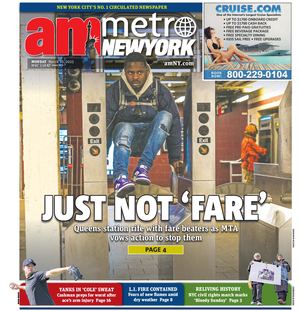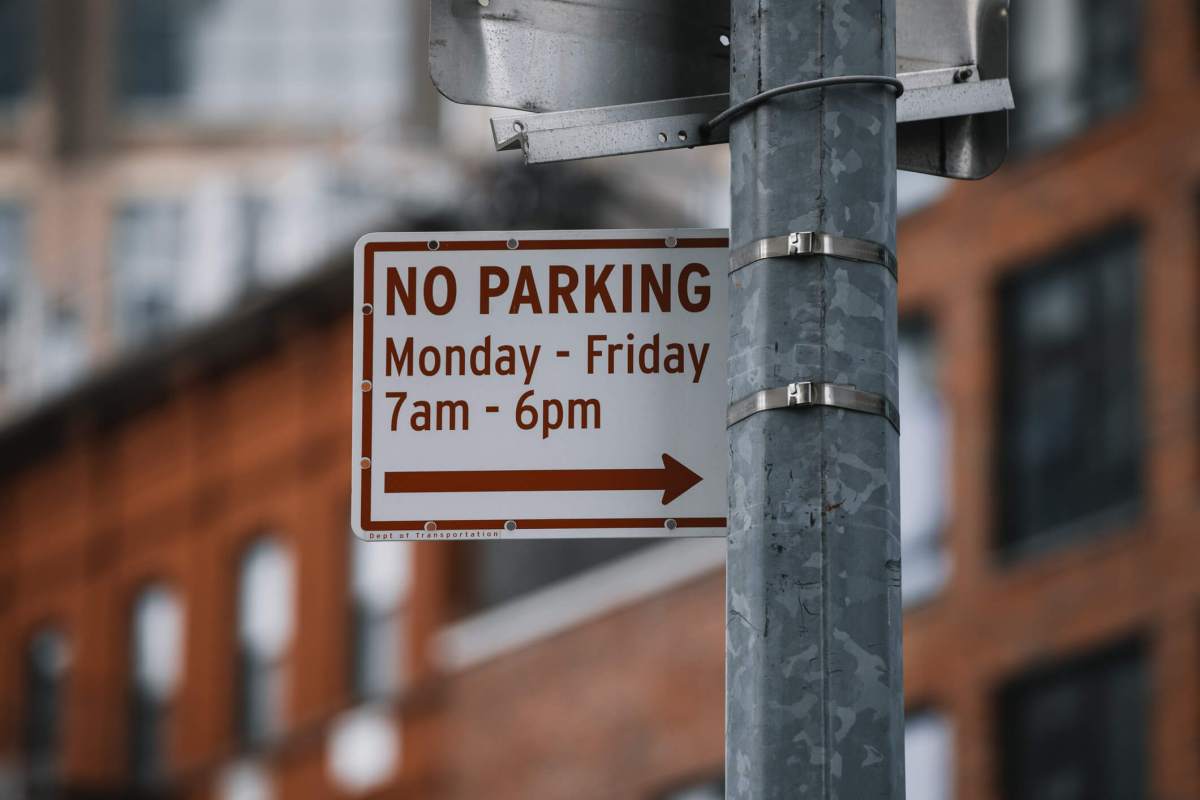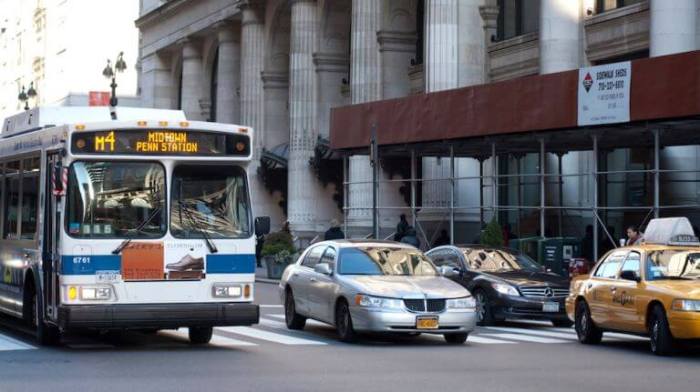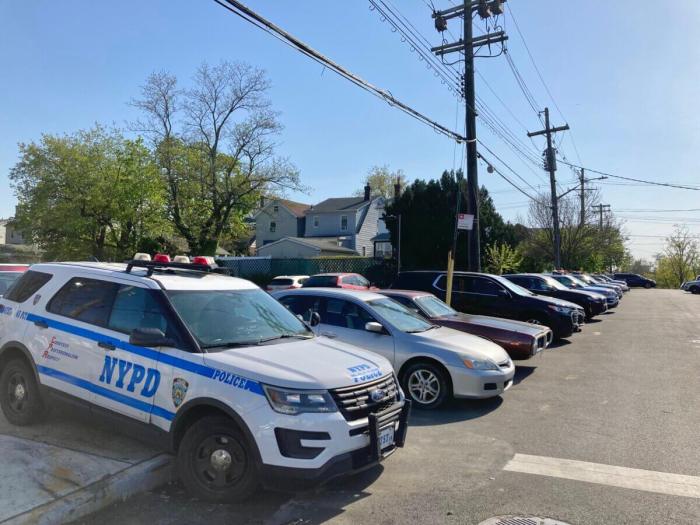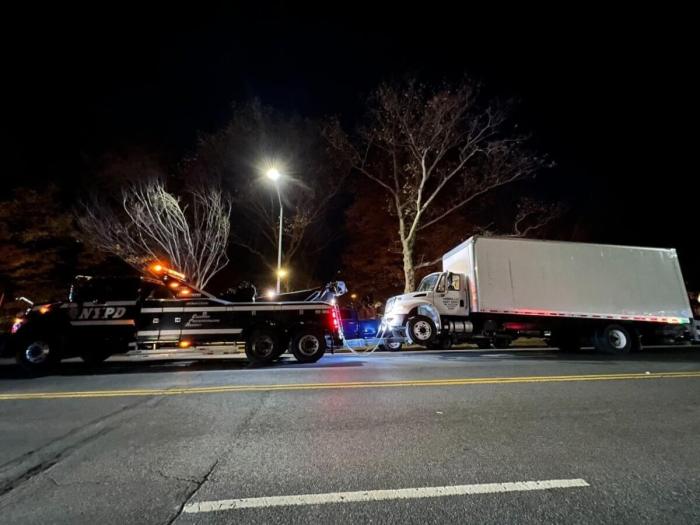Imagine a New York City freed from the endless rows of parked cars. A city with cleaner air and welcoming streets. In this brighter future, public transportation will thrive, micromobility alternatives will flourish, and a greener, cooler, and safer city will emerge. This is the vision we must embrace, a New York City that prioritizes people over parking spaces. The roadmap to get there is clear: we must remove onerous and outdated parking mandates.
LIfting parking mandates is not without precedent. In 1982, the air in Manhattan was so choked with pollution that the City was out of compliance with the Clean Air Act. The solution to reduce the smog? Change the zoning code to stop mandating new parking in the Manhattan core. And it worked – the measure helped improve air quality, including decreasing carbon monoxide levels.
Unfortunately, parking mandates remain in effect for much of the city. Transportation accounts for 47% of emissions in New York State and is the second highest source of emissions in New York City. Yet our zoning rules require that developments include new parking—regardless of need or demand—which incentivizes car ownership; hampers dense, walkable neighborhoods; contributes to air pollution; and undermines public transit and the safe use of micromobility. New York once lifted parking mandates in a strategic zone to dramatically improve air quality. We can do that again on a larger scale; with climate disaster looming, we must. The City of Yes for Housing Opportunity text amendment gives us the once-in-a-generation chance to do that.
Lifting parking requirements will break a vicious cycle. New parking lots and garages create gaps in the streetscape that make streets less vibrant and walkable. This, in turn, leads to more people using cars—even for short trips – creating more pollution from emissions. This car culture then leads to disinvestment in public transit, further discouraging people to walk or take sustainable transportation. And when so many people use cars, space becomes constrained, leading to the construction of still more parking. And around the cycle goes.
Parking mandates create a physical landscape that contributes to the climate crisis, too. Paved roads and lots are not permeable; this leads to flooding during increasingly intense storms. They also attract and trap heat, which makes the air hotter on the ground (the urban heat island effect). Dedicating our outdoor space to cars is not only contributing to the climate crisis but exacerbating its negative impacts.
For many New Yorkers whose neighborhoods have been historically, and often purposefully, excluded from quality transit investment, cars are an unfortunate and harmful necessity. This creates its own vicious cycle, whereby car-dominant neighborhoods contribute greater levels of emissions and climate instability and also experience the most intense consequences of that instability. As our weather becomes more extreme, it will be the neighborhoods built for driving – typically non-white and less wealthy – that contend with hotter sidewalks, fewer trees for shade, and more dangerous flooding. We must reverse this course, lift our City’s outdated parking requirements, and invest in equitable, climate-resilient neighborhoods.
By lifting parking mandates, a more virtuous cycle can emerge. Parking mandates hamper the development of affordable housing, so lifting them will help spur the development needed to address our housing crisis and inspire denser, walkable neighborhoods. Space once mandated for parking can house more people, businesses, or micromobility services. (It could also become green space, which would cool the air and mitigate flooding.) With fewer cars on the road it will be easier to designate bus lanes, which will bring faster, reliable, sustainable transit to tens of thousands of New Yorkers. Some in-building parking could also be converted into charging depots for electric bikes, which will encourage safe and convenient adoption of micromobility. All these solutions should focus first on climate-priority neighborhoods, where City policies have isolated car-dependent New Yorkers and put them at higher risk for climate impacts.
The City Planning Commission has just voted to create robust EV charging infrastructure through the City of Yes for Carbon Neutrality amendment. This will begin to reduce emissions from transportation, but we cannot drive our way out of the climate crisis. Lifting parking requirements must come next. Doing so is instrumental to reversing the damage caused by car dependence, and will trigger a domino effect of health, environmental, and climate benefits. New York City’s current zoning code is actively doing harm; the City of Yes for Housing Opportunity text amendment is our chance to rectify that – not only for cleaner air, but for more connected, healthy, and happy communities.
Sara Lind is the co-Executive Director of Open Plans. Alia Soomro is the Deputy Director for New York City Policy for the New York League of Conservation Voters.
